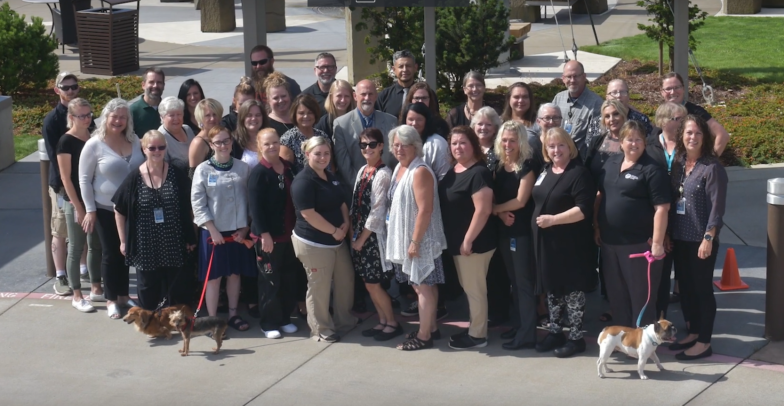3 Tips from a 5-Star Long-Term Care Organization on Staying Ahead of Quality Initiatives

By Shawn Scott | October 24, 2019
The definition of quality in post-acute care continues to evolve. This year alone CMS added nearly 10 new measures to regulate quality in post-acute spaces. Meeting ever changing quality measures is no small feat, but Oregon Veterans’ Home Lebanon, a five-star facility in Oregon, is proving that success is possible.
The 154-bed long-term and memory care facility established a robust quality improvement program shortly after opening in 2014. Just two years later, it reached full occupancy and earned the American Health Care Association’s Bronze Excellence in Quality Award, and the silver award in 2019, for superior performance in the long-term and post-acute care profession.
I sat down with Terri Silkett, quality improvement coordinator at Oregon Veterans’ Home Lebanon, to get insight on how the organization keeps a strong pulse on their quality improvement initiatives. Here’s 3 tips she shared.
Diversify your quality team
Silkett makes sure her quality performance improvement team is made up of diverse members. Clinical experts are certainly part of the team, but so are people from housekeeping, social services, recreation and the facility’s dietary departments.
“It’s important to include people from different parts of your facility because everything you do impacts residents, and ultimately your quality rating, from the type of cleaning products you used on the floor, which can affect patients’ risk of falling, to the type of food you serve, which patients may or may not like,” Silkett said.
To ensure that quality initiatives across a facility are collaborative, Silkett recommends facilities take a close look at their quality team and make sure there is at least one person from across all the different departments of their facility represented.
Tap into technology that can help predict potential survey deficiencies
Post-acute care providers are sometimes slower to adopt technology into their systems and process, but it has the power to help them improve clinical outcomes and manage their business. According to Silkett, software has especially improved in the last few years, and the tools available can help teams have a real time pulse on their quality measures.
At the Oregon Veterans’ Home Lebanon, Silkett and her team have found success using abaqis, a quality management system, to predict potential deficiencies ahead of a survey. In particular, the organization leverages the platform to manage 40 resident and family interviews each quarter. Doing so helps pinpoint and address potential problems early on to enhance the quality of life for residents.
“We started using abaqis from the time we opened, and it’s really changed the way we look at quality measures,” Silkett said. “It’s helped our departments see which categories they may need to work on to improve performance, which can lead to less survey tags and greater resident satisfaction.”
Look at patient-centered care as person-centered care
According to Silkett, who has been in the long-term care sector for 16 years, the definition of quality today is shifting from patient-centered care towards person-centered care, and to be successful, organizations should shift their philosophies accordingly. Person-centered care is an approach to care that considers patients as partners and active participants in their care alongside health professionals. It is important to remember that for post-acute care residents, the facility is often their new permanent home. Organizations must focus on what is the best quality of life for the resident, not what is convenient for the staff.
Engaging patients and their families as partners in care has helped drive success at the Oregon Veterans’ Home Lebanon, Silkett said, and can be adopted by other facilities to achieve similar results.
“You really have to think about what is the best quality of life for the resident, not what is convenient for your staff, and remember that your facility is their home,” said Silkett.
Learn more about how Medline is working with customers to navigate complex regulatory requirements.
Shawn Scott
Senior Vice President of Strategic Business Development
During his tenure, Scott has developed several programs and partnerships to help long-term care facilities perform at their best, including LTC Solutions, abaqis® with Providigm, and the INTERACT® eCurriculum with Florida Atlantic University and Dr. Joseph Ouslander. Scott travels across the nation to meet with thousands of nursing homes every year and has been active on the boards and committees of several organizations including the National Center for Assisted Living (NCAL), American Health Care Association (AHCA), Advancing Excellence in Long Term Care, and Nursing Home Leader Academy.
